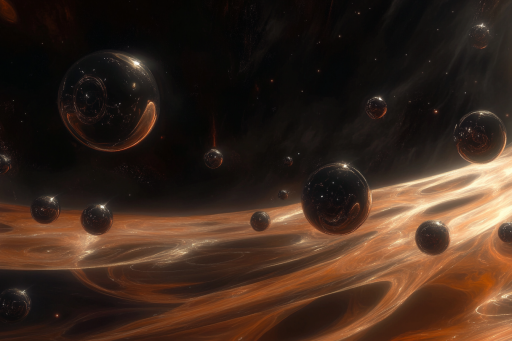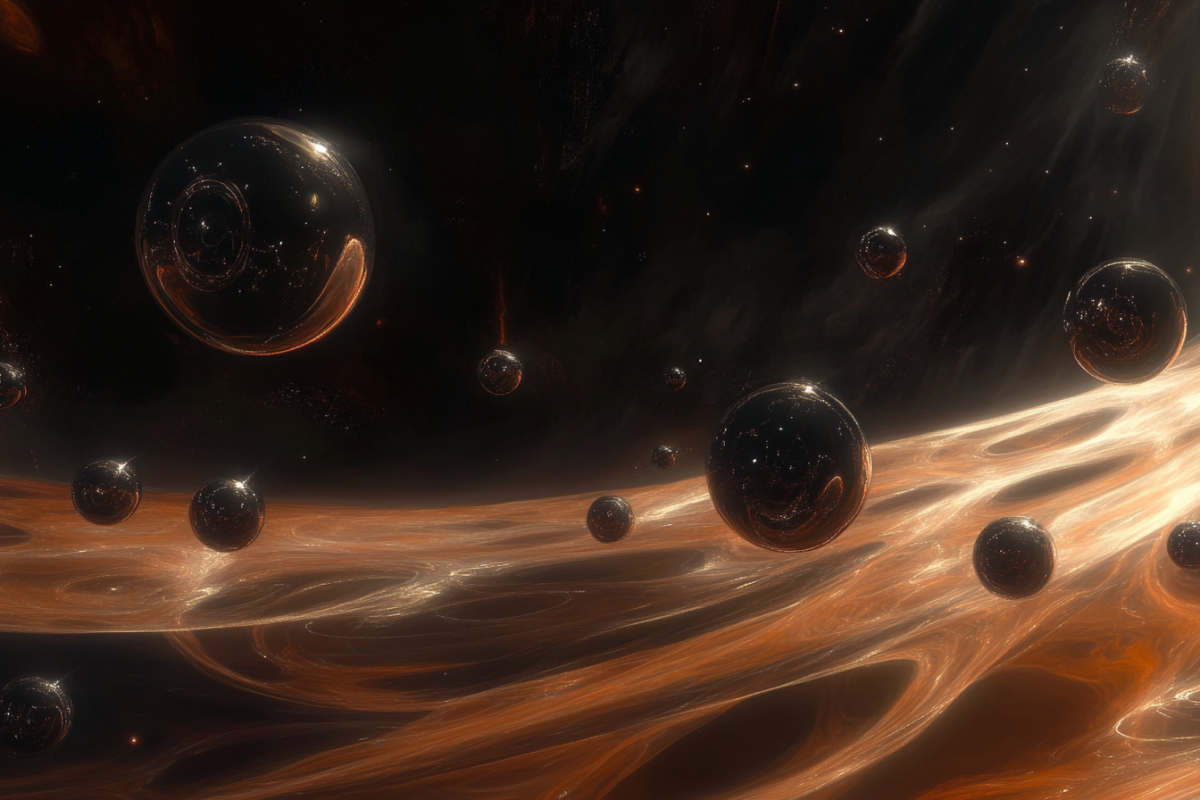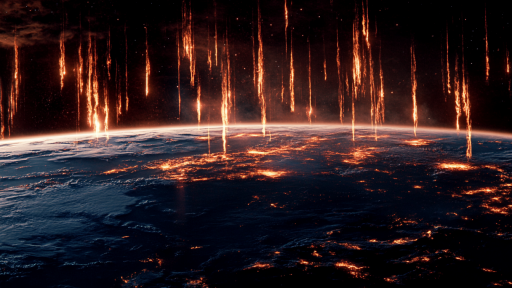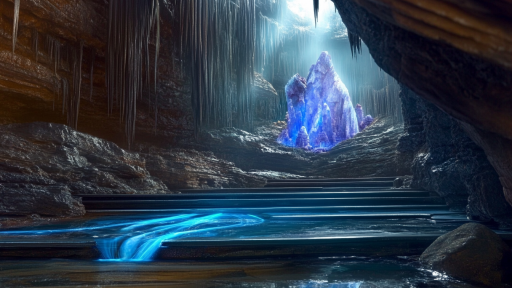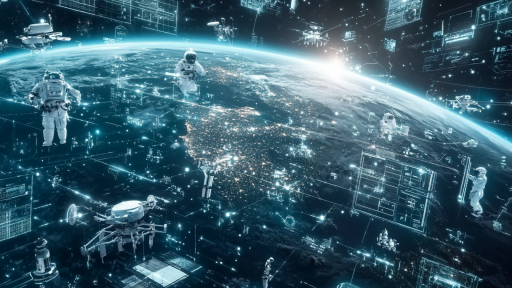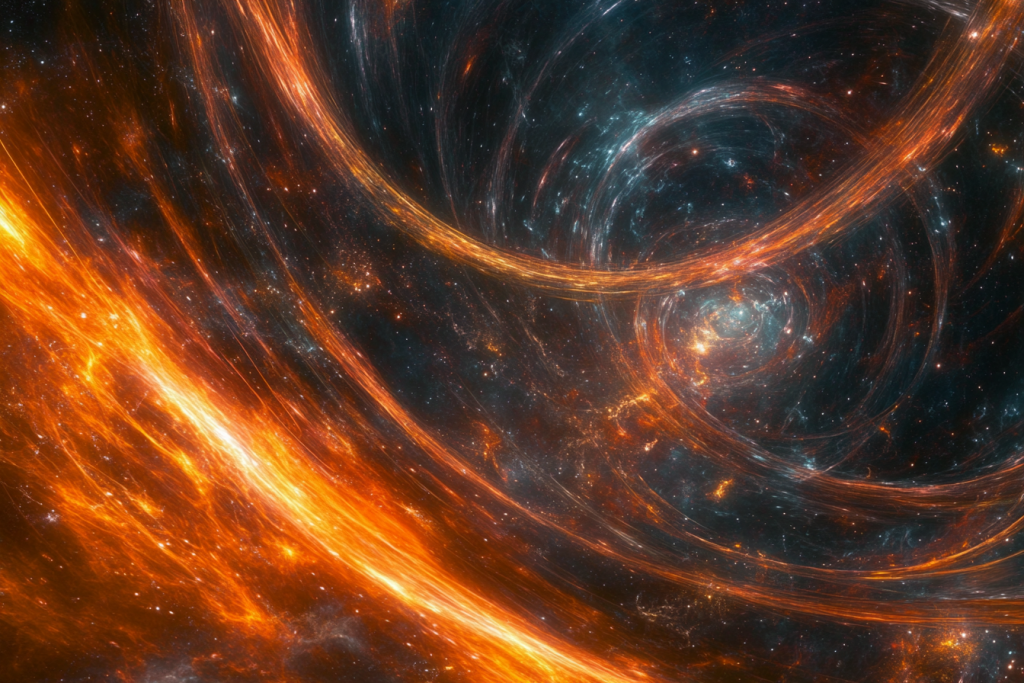
Space is full of places where the known laws of physics seem to bend, twist, or completely fail. From bizarre cosmic structures that defy gravity to mysterious voids that shouldn’t exist, the universe is filled with enigmas that challenge our understanding of reality. Scientists continue to explore these strange locations, searching for clues that could unlock the secrets of the cosmos. Journey with us to the strangest corners of space, where physics meets the unknown.
The Boötes Void: A Cosmic Desert
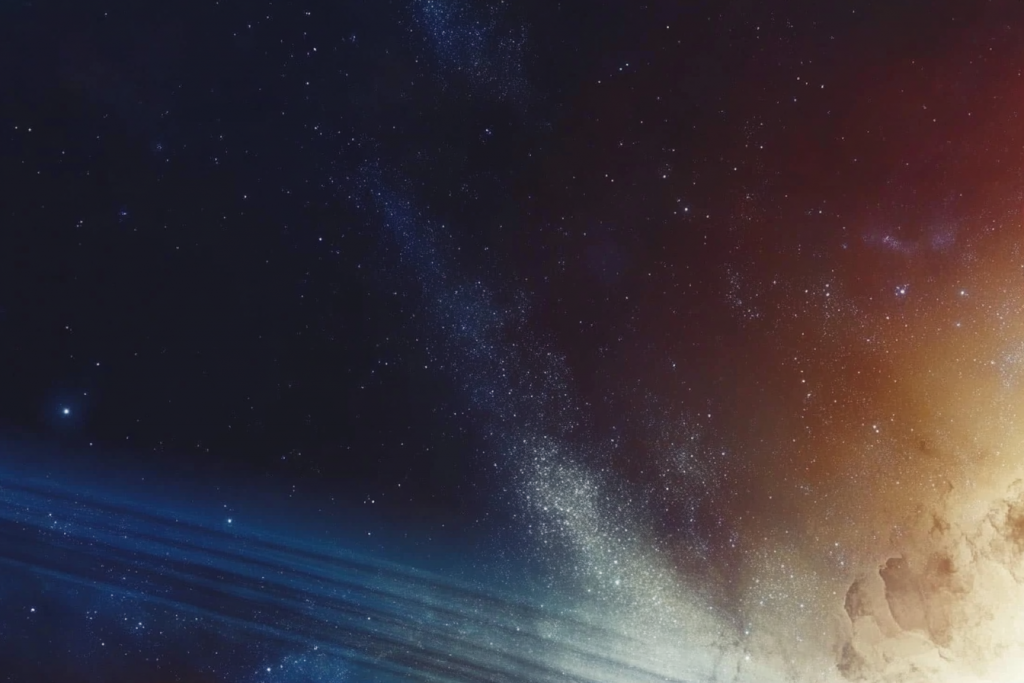
Deep in space lies an immense, nearly empty region known as the Boötes Void. Spanning hundreds of millions of light-years, this eerie expanse contains far fewer galaxies than expected, leaving astronomers puzzled. Some theories suggest it formed due to cosmic expansion, while others speculate about exotic explanations, including the idea that something removed the missing matter.
White Holes: Theoretical Time-Reversed Black Holes
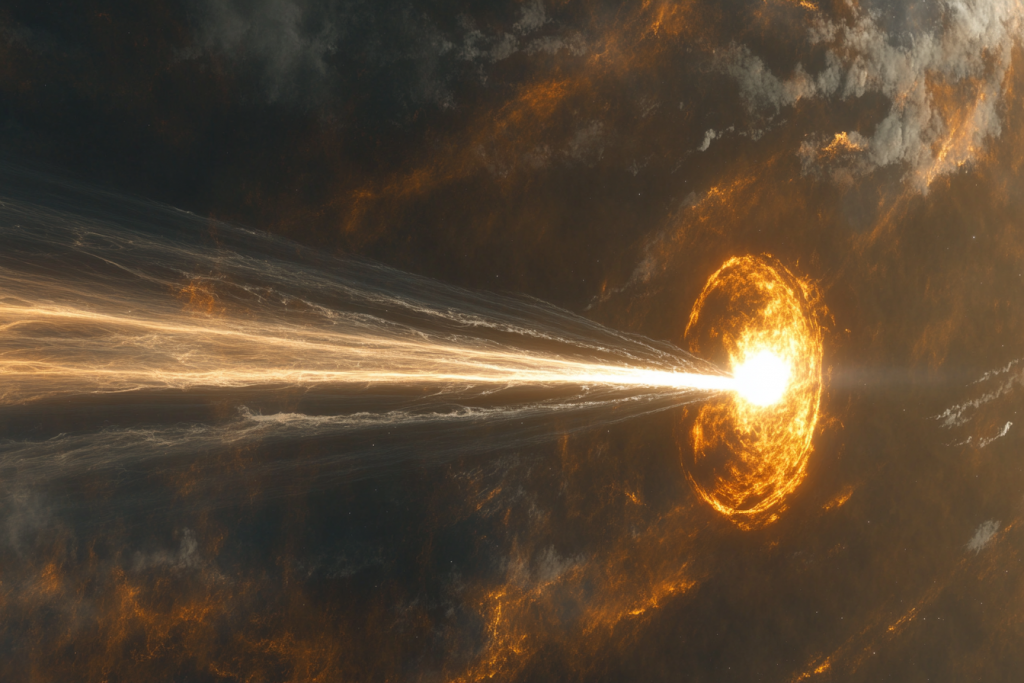
If black holes are points of no return, white holes are their opposite—regions of space where nothing can enter, only exit. Though purely theoretical, white holes could explain some of the universe’s strangest energy bursts. If they exist, they may be windows into other dimensions or even remnants of the Big Bang itself.
The Great Attractor: A Massive Gravitational Mystery
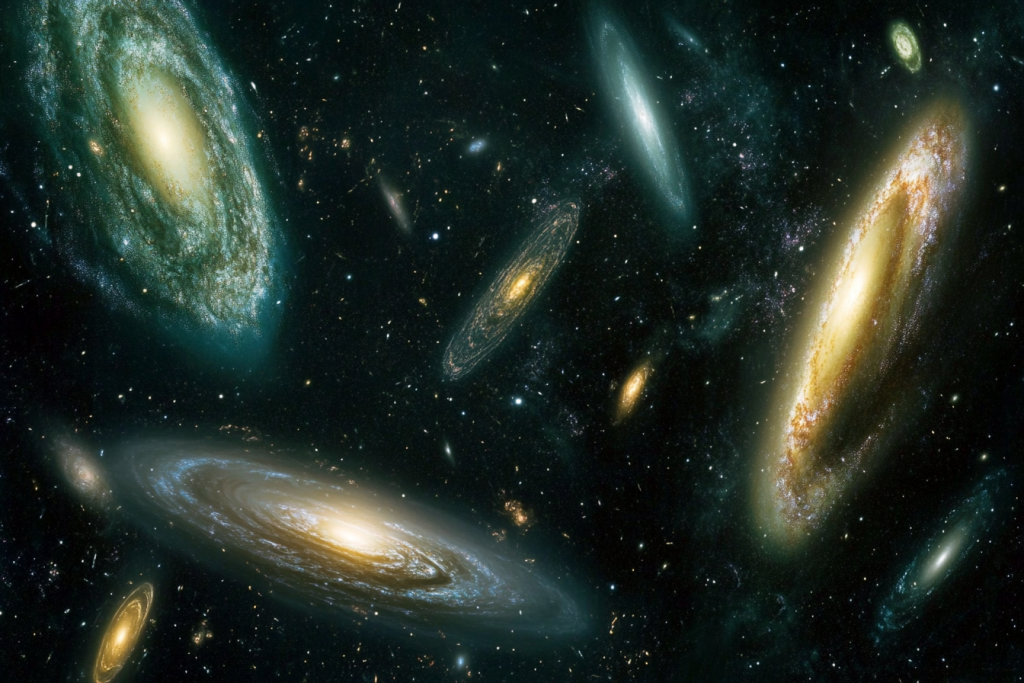
A colossal unseen force is pulling galaxies—including the Milky Way—toward it at incomprehensible speeds. This mysterious region, known as the Great Attractor, sits in the “Zone of Avoidance,” an area obscured by our own galaxy’s dust and stars. What lurks there remains unknown, but it suggests that dark matter or an undiscovered structure is warping space on an enormous scale.
The Eridanus Supervoid: A Possible Window to Another Universe?
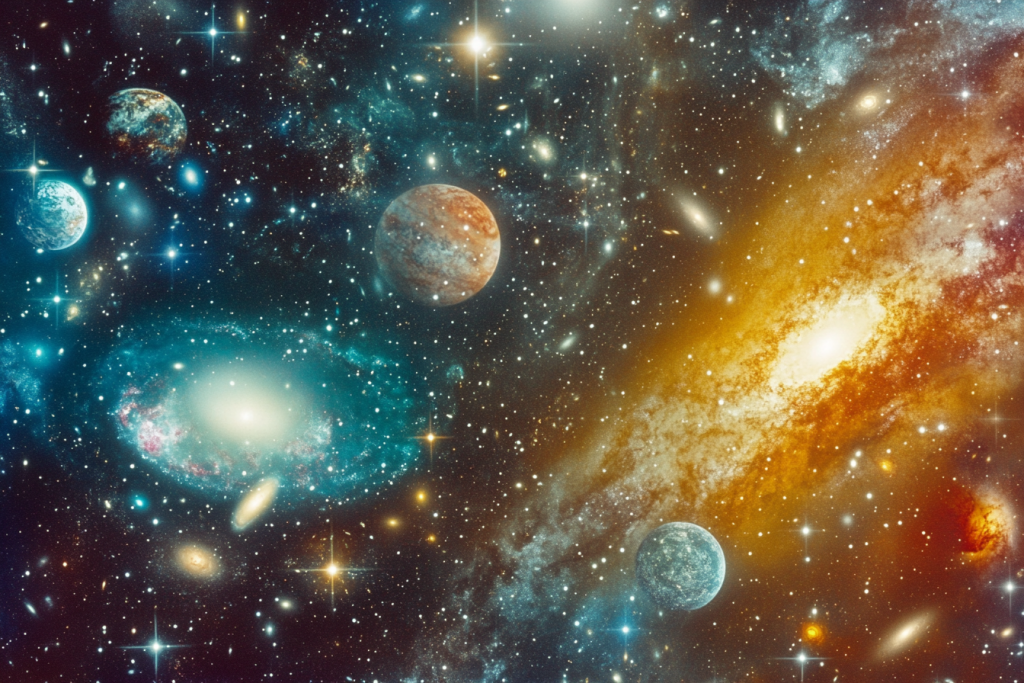
This giant void is unusually cold and nearly empty, stretching across a billion light-years. One wild theory suggests it could be evidence of a parallel universe that interacted with ours in the distant past. If true, this could change everything we think we know about cosmic structure.
Neutron Stars: Gravity’s Extreme Edge
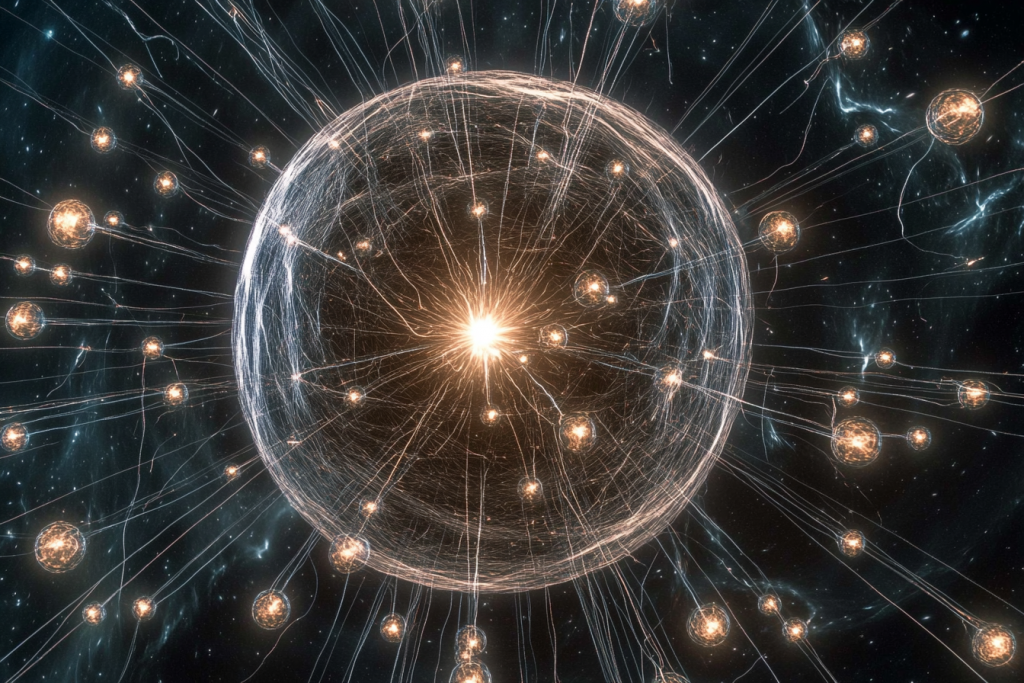
These ultra-dense remnants of collapsed stars pack more than a sun’s worth of mass into a space the size of a city. Their gravity is so intense that atoms themselves collapse, creating a bizarre state of matter unlike anything on Earth. Some neutron stars even rotate hundreds of times per second, making them some of the most extreme objects in existence.
The Ophiuchus Supercluster Explosion: The Biggest Bang Since the Big One
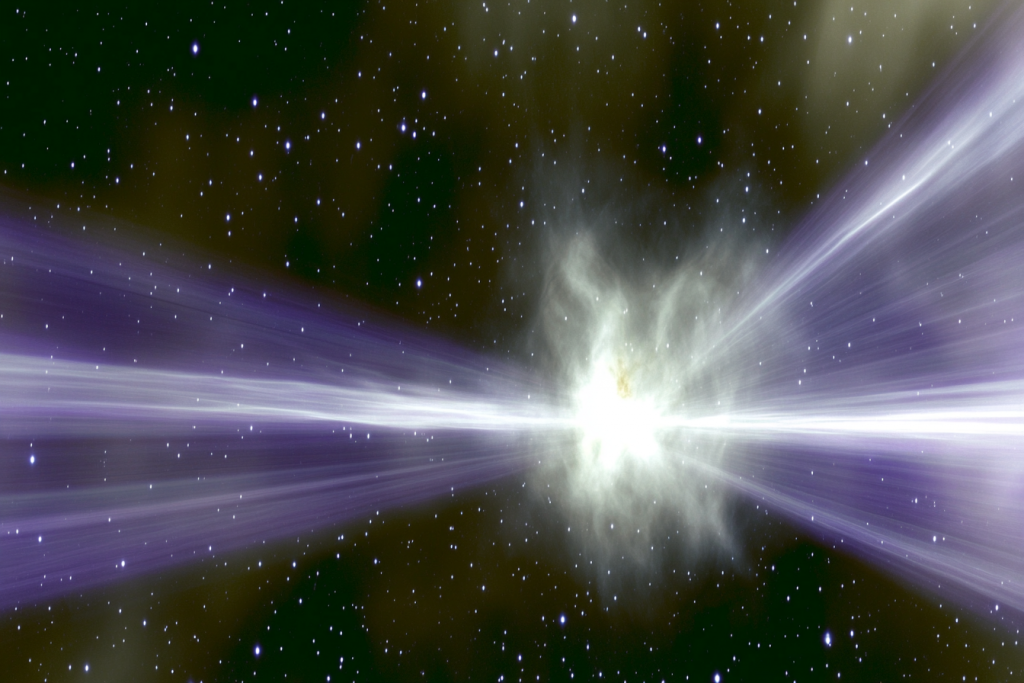
Astronomers discovered an explosion so powerful that it carved out a void in a massive galaxy cluster. This blast, thought to be caused by a supermassive black hole, released energy equivalent to trillions of supernovae. The sheer scale of this event raises questions about how much energy black holes can truly unleash.
The Cosmic Microwave Background Cold Spot: A Glitch in the Big Bang?
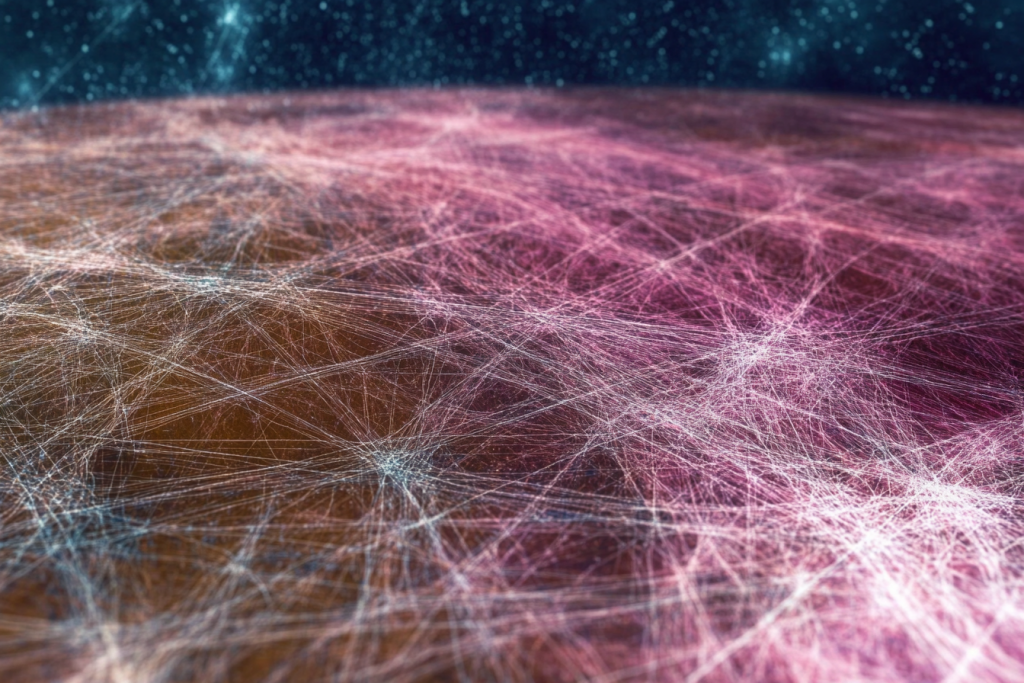
The universe is bathed in a faint glow from the Big Bang, but one region is much colder than expected. Some researchers believe this could be a statistical fluke, while others think it might be the remnants of a cosmic collision with another universe. If the latter is true, it would be one of the strongest hints of a multiverse.
Black Hole Singularities: The Breakdown of Reality
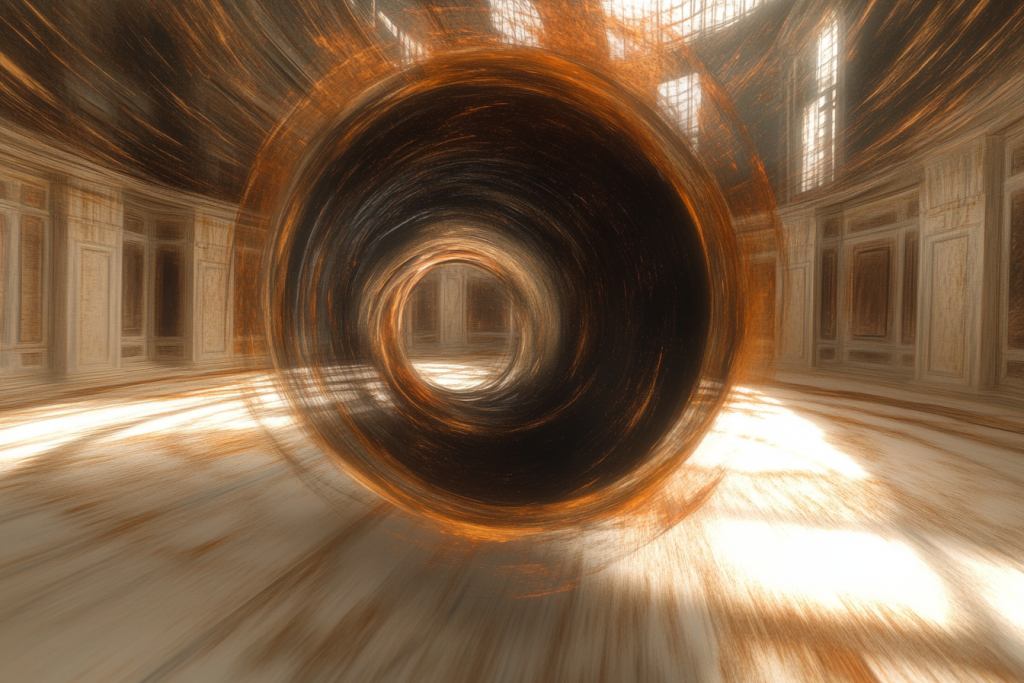
At the center of every black hole is a singularity—a point of infinite density where known physics ceases to function. Space and time stretch to infinity, and even the laws of gravity collapse. Scientists believe understanding singularities could lead to a breakthrough in unifying general relativity and quantum mechanics.
Dark Matter Filaments: The Invisible Web of the Universe
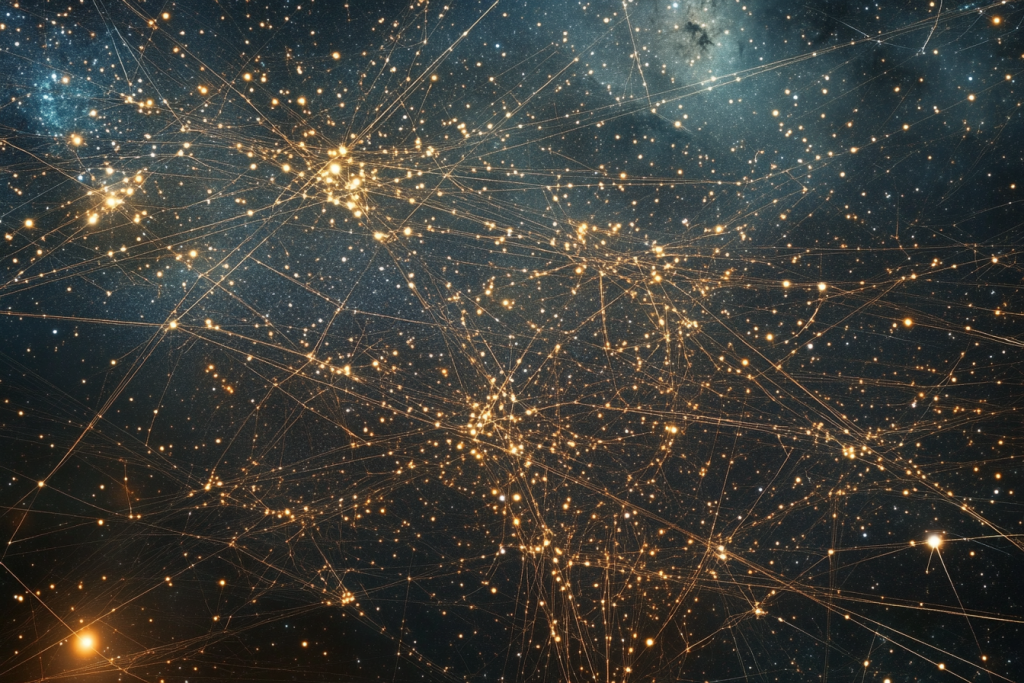
Galaxies appear to be strung together by vast, unseen filaments of an unknown substance. This mysterious “dark matter” doesn’t emit or absorb light but shapes the entire cosmos. If we could understand what dark matter truly is, it could unlock the biggest secrets of space and time.
Wormholes: Theoretical Shortcuts Through Space-Time
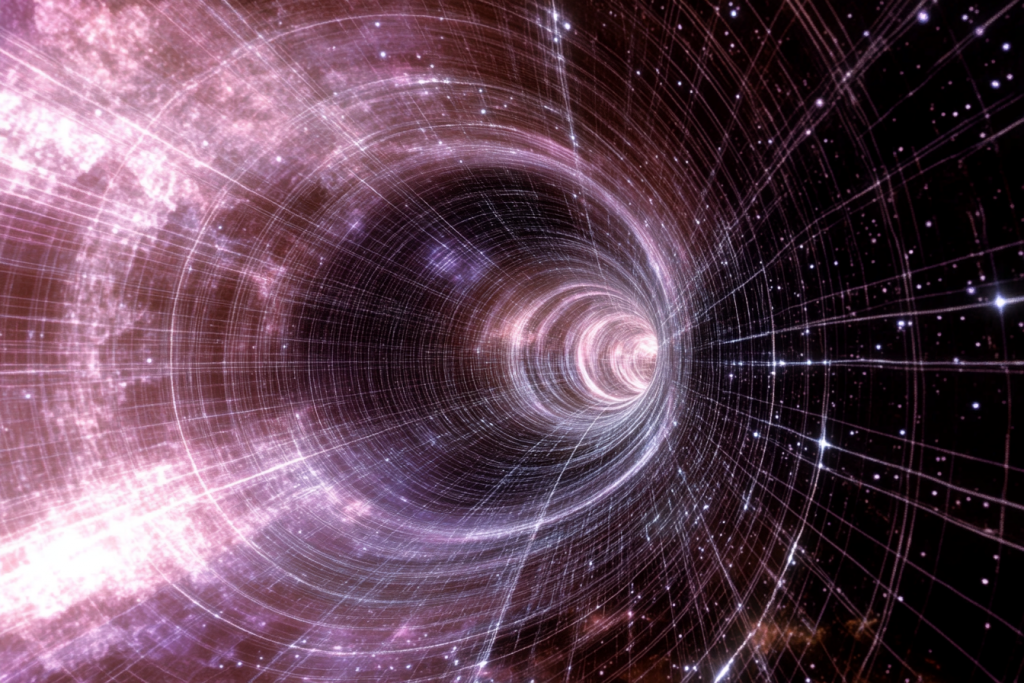
Wormholes are hypothetical tunnels through the fabric of reality, connecting distant parts of the universe—or even different universes. Though none have been observed, some theories suggest that quantum fluctuations or exotic matter could stabilize them. If they exist, they could revolutionize space travel and even challenge our understanding of time.
The Higgs Field Vacuum Instability: Could the Universe Collapse?
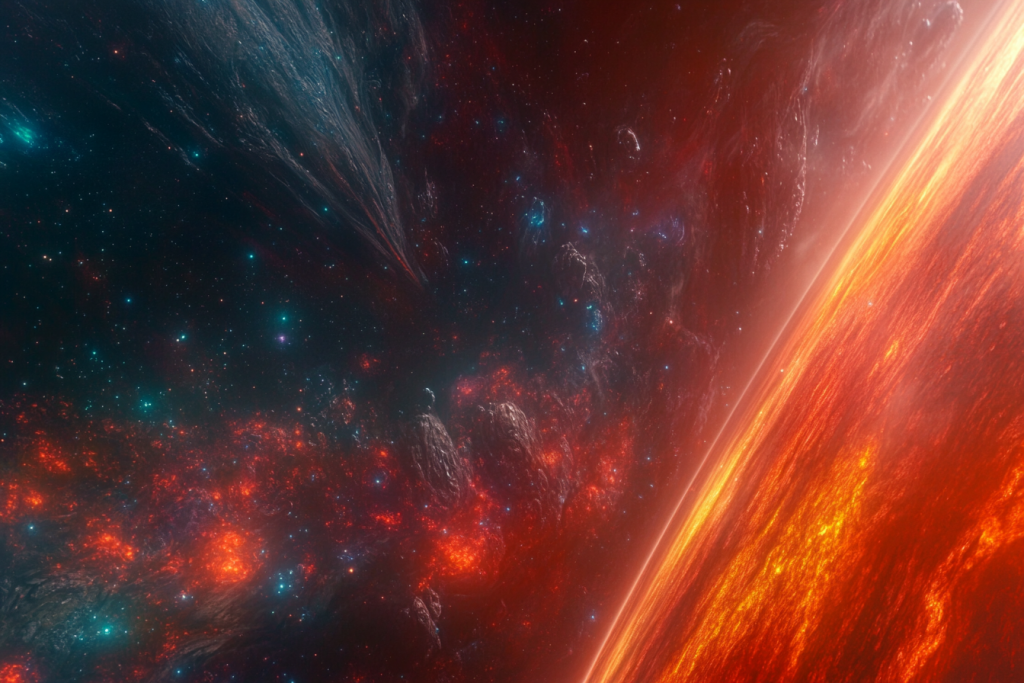
Some physicists suggest that the Higgs field, which gives particles mass, might not be entirely stable. If this field were to suddenly shift, it could trigger a vacuum decay, rewriting the very fabric of the universe in an instant. While unlikely, the idea that space itself might not be permanent is deeply unsettling.
The Galactic Center: A Chaotic Cosmic Furnace

The center of the Milky Way is a realm of extreme physics, home to a supermassive black hole and bizarre phenomena like stars moving at a fraction of light speed. Here, space-time is twisted by gravity in ways we barely understand. Studying this chaotic region could unlock secrets about how galaxies form and evolve.
Quantum Foam: The Bizarre Fabric of Space-Time
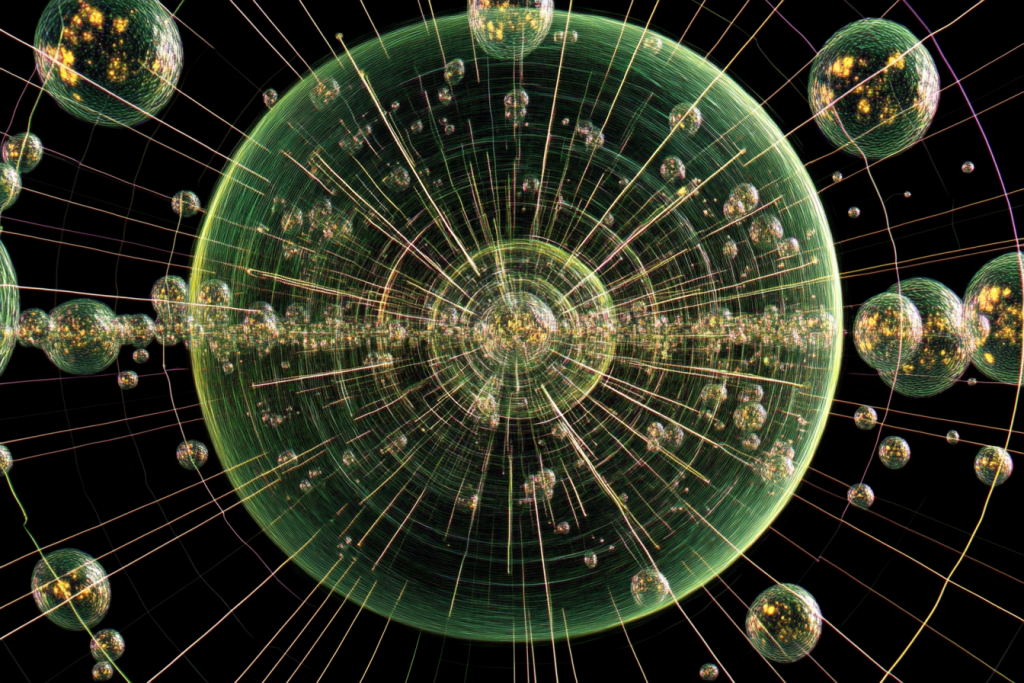
At the smallest scales imaginable, space-time itself may be a frothing sea of ever-changing quantum fluctuations. This “quantum foam” suggests that space is not smooth but constantly bubbling with tiny energy bursts. If this theory is correct, it could revolutionize our understanding of gravity and the structure of the universe.
The Big Rip: A Future Where Physics Completely Fails
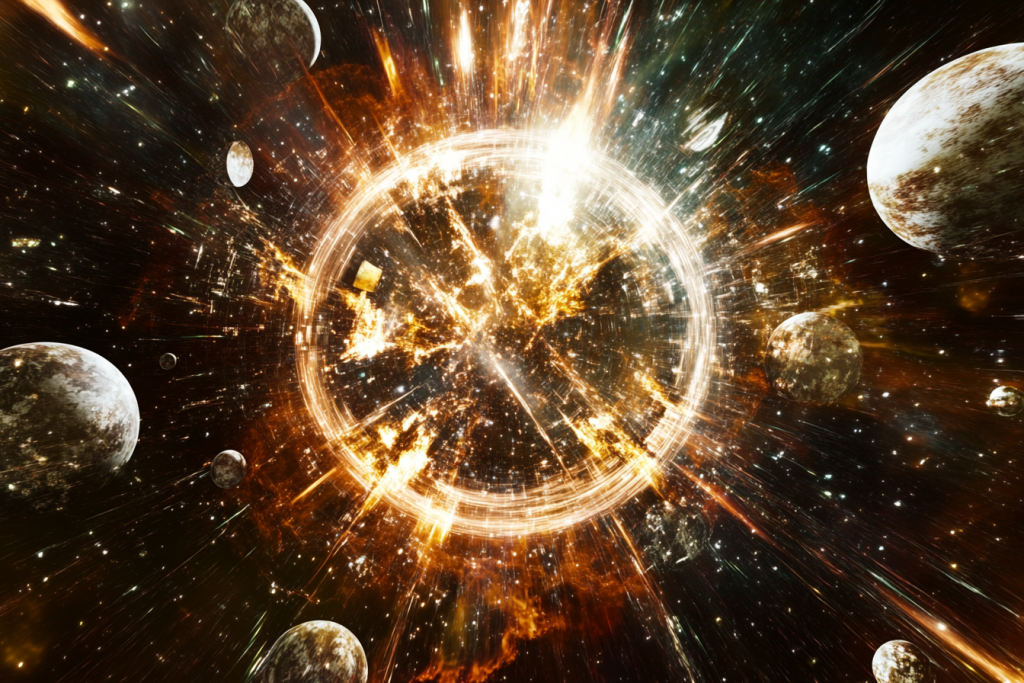
Some models predict that dark energy—the mysterious force accelerating the universe’s expansion—could eventually tear everything apart. In this “Big Rip” scenario, galaxies, stars, planets, and even atoms themselves would be shredded as space itself unravels. If this fate awaits our universe, it would mark the ultimate breakdown of physics as we know it.
Planck Star: A Black Hole’s Rebirth?
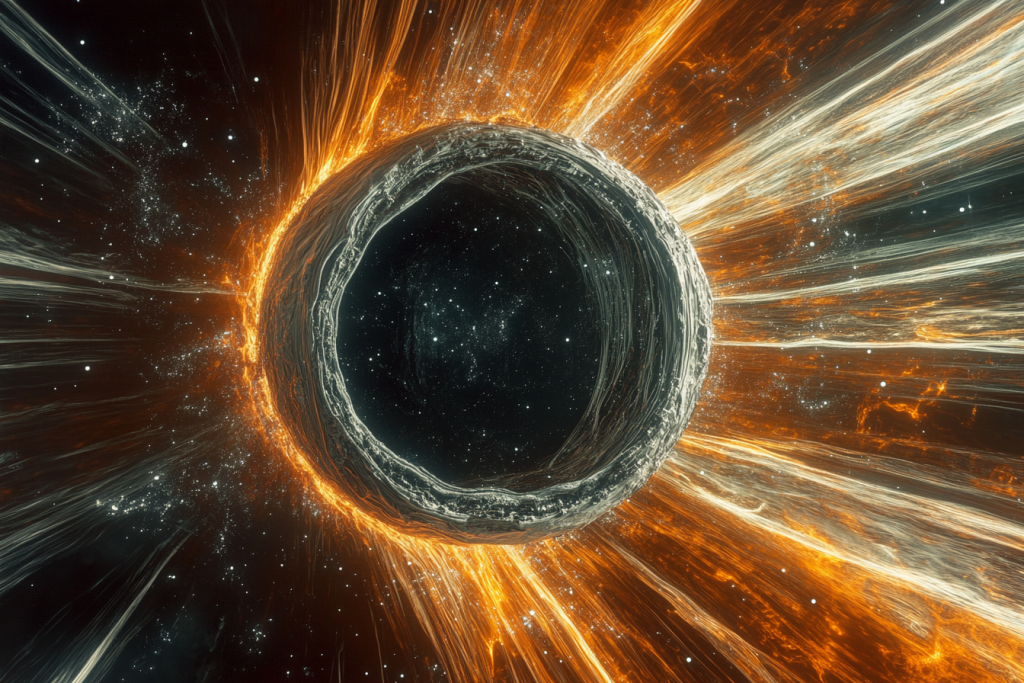
Some theories suggest that inside a black hole, matter doesn’t collapse into a singularity but instead rebounds into a Planck star—a hypothetical object that defies known physics. This exotic idea comes from quantum gravity theories, proposing that black holes may eventually explode, releasing all their trapped energy. If Planck stars exist, they could change our understanding of black holes, time, and even the fate of the universe.
When the Universe Defies Its Own Rules
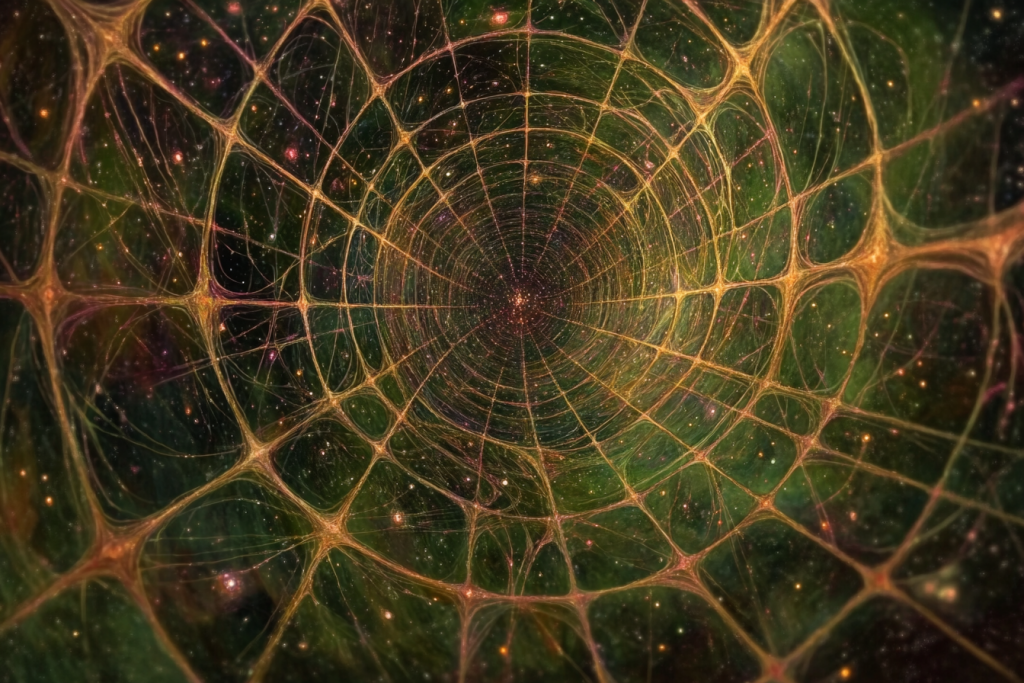
The cosmos is a place of paradoxes, where the laws of physics are tested, bent, and sometimes completely shattered. These anomalies remind us that our understanding of reality is still incomplete, and new discoveries may challenge everything we thought we knew. As we peer deeper into space, the question remains: Is the universe stranger than we can possibly imagine?

